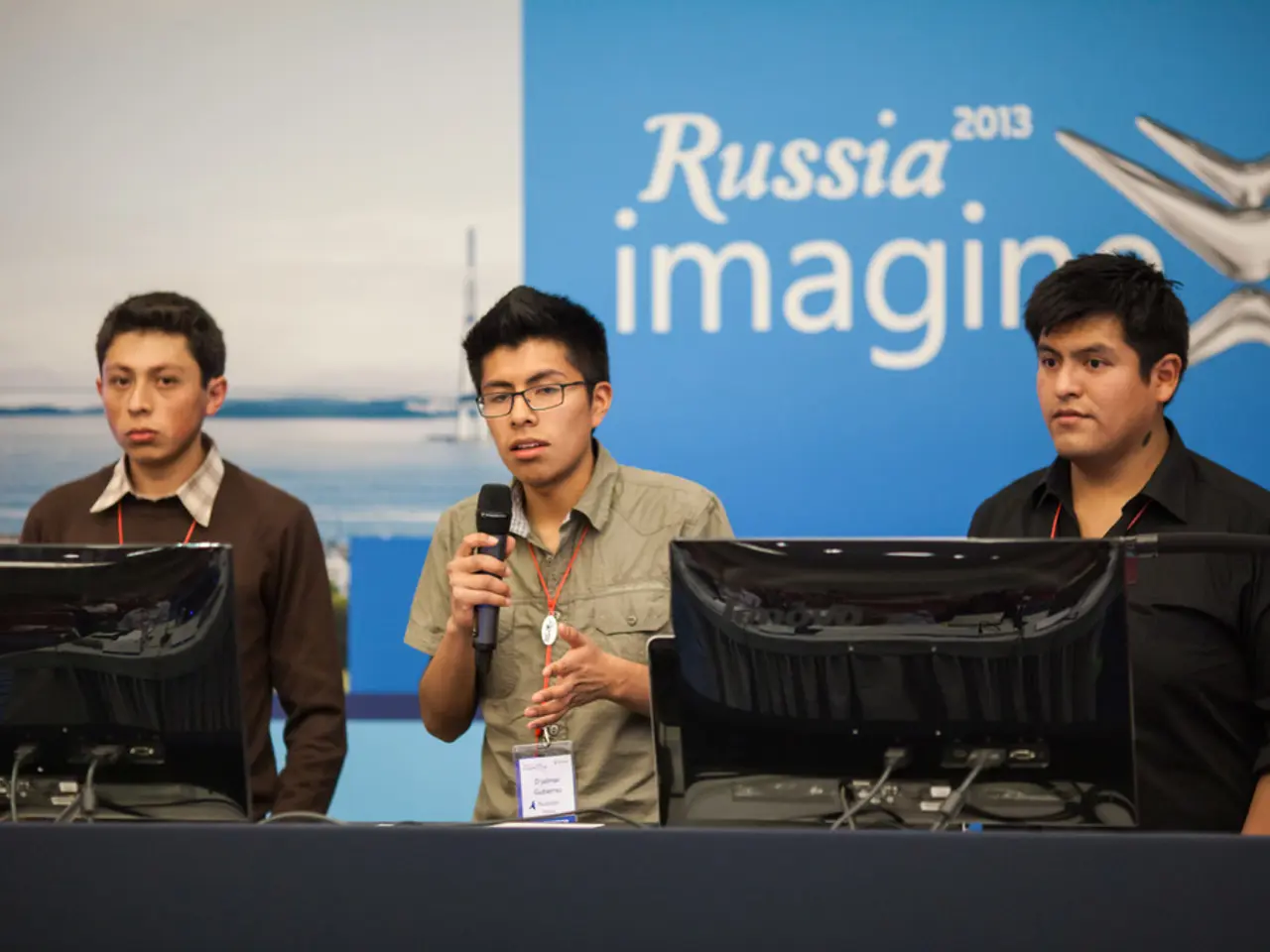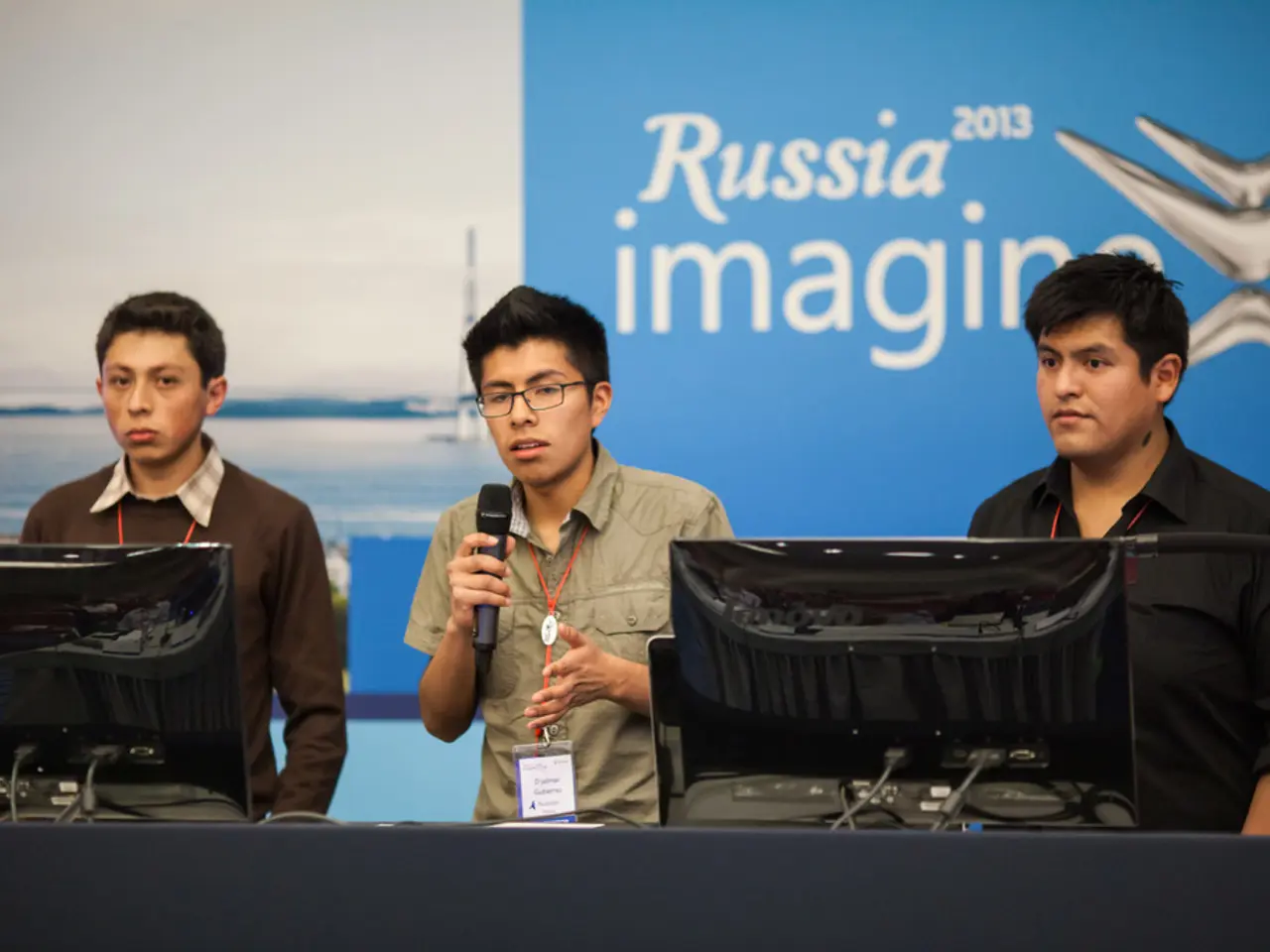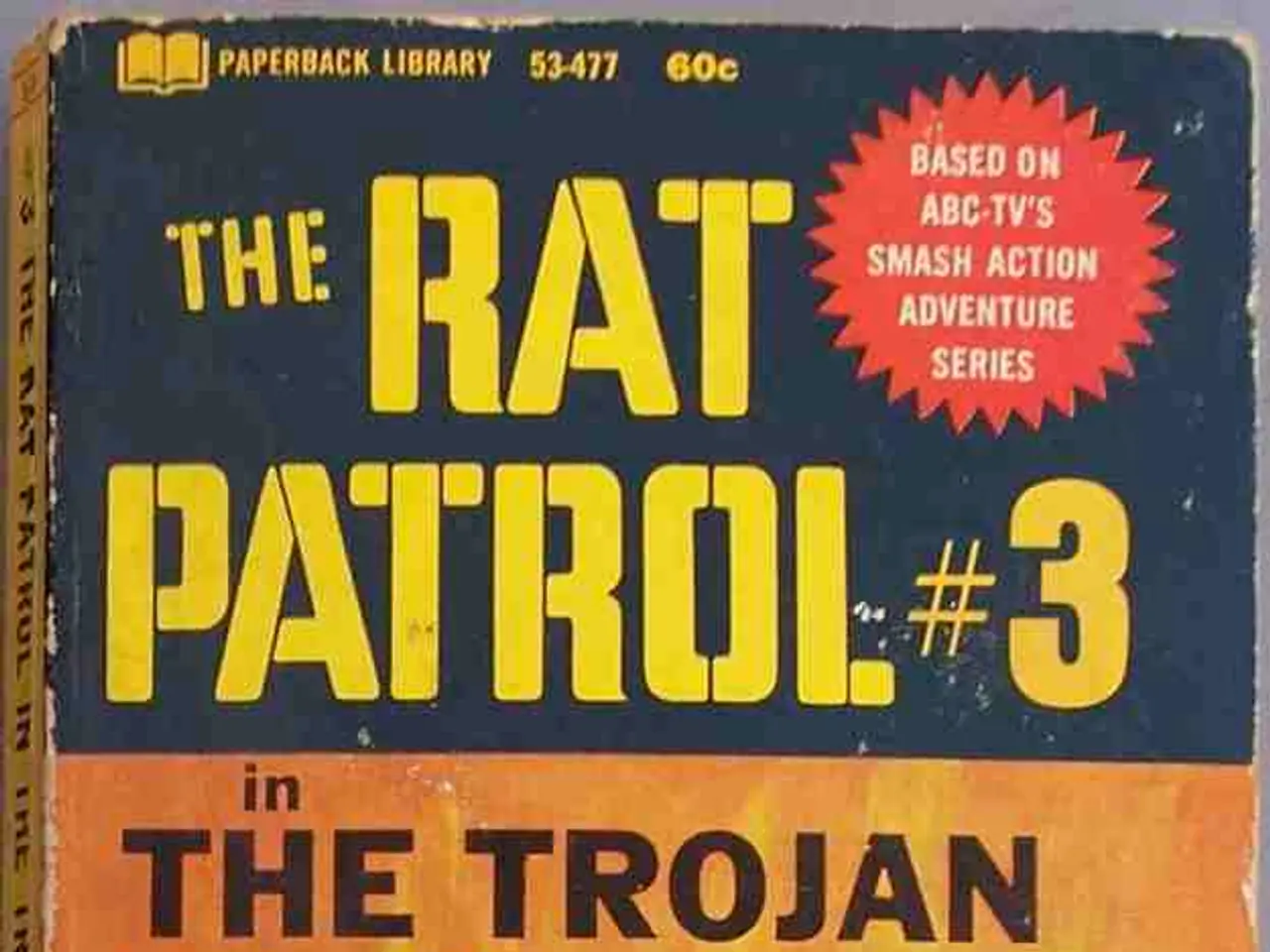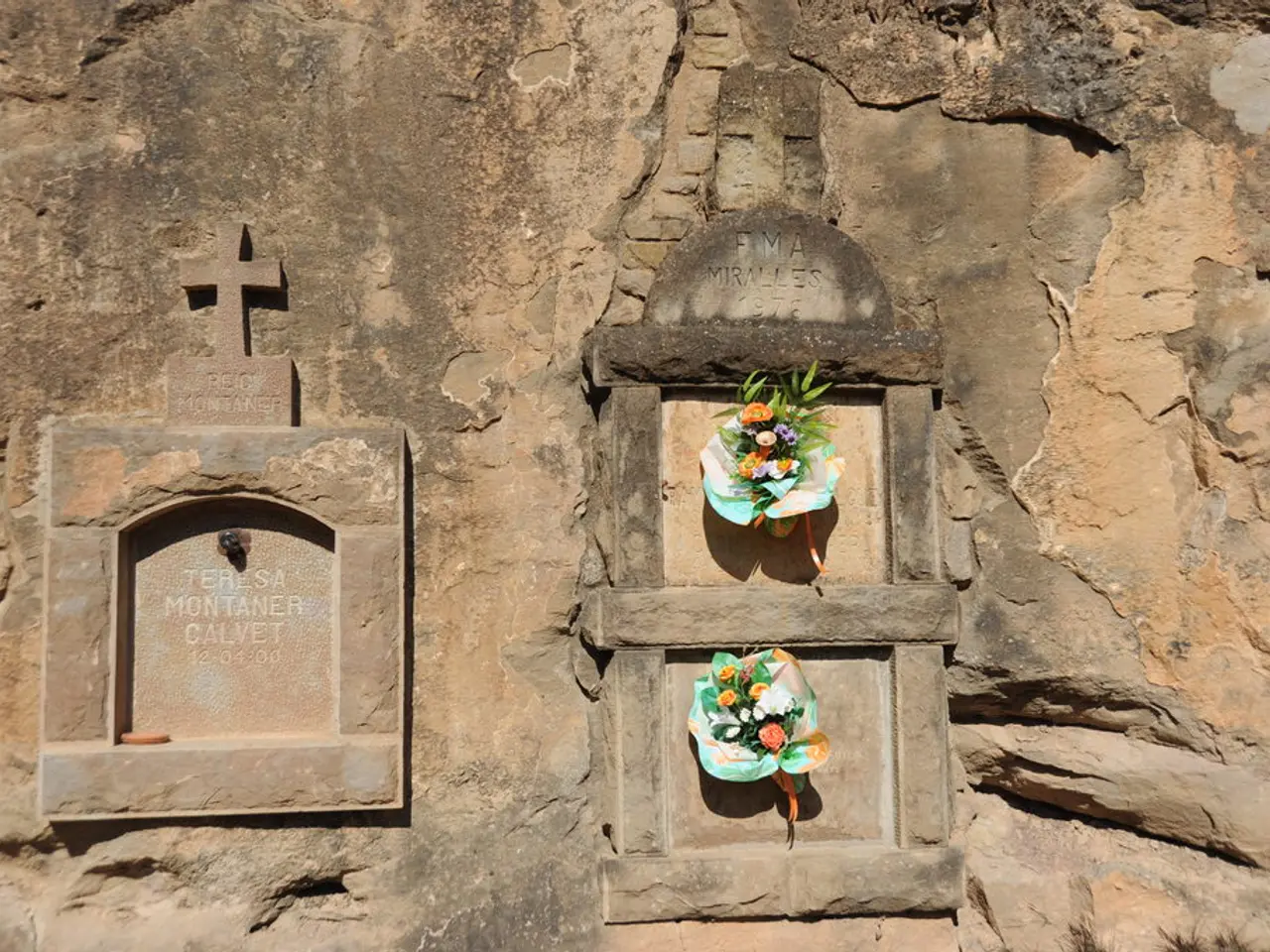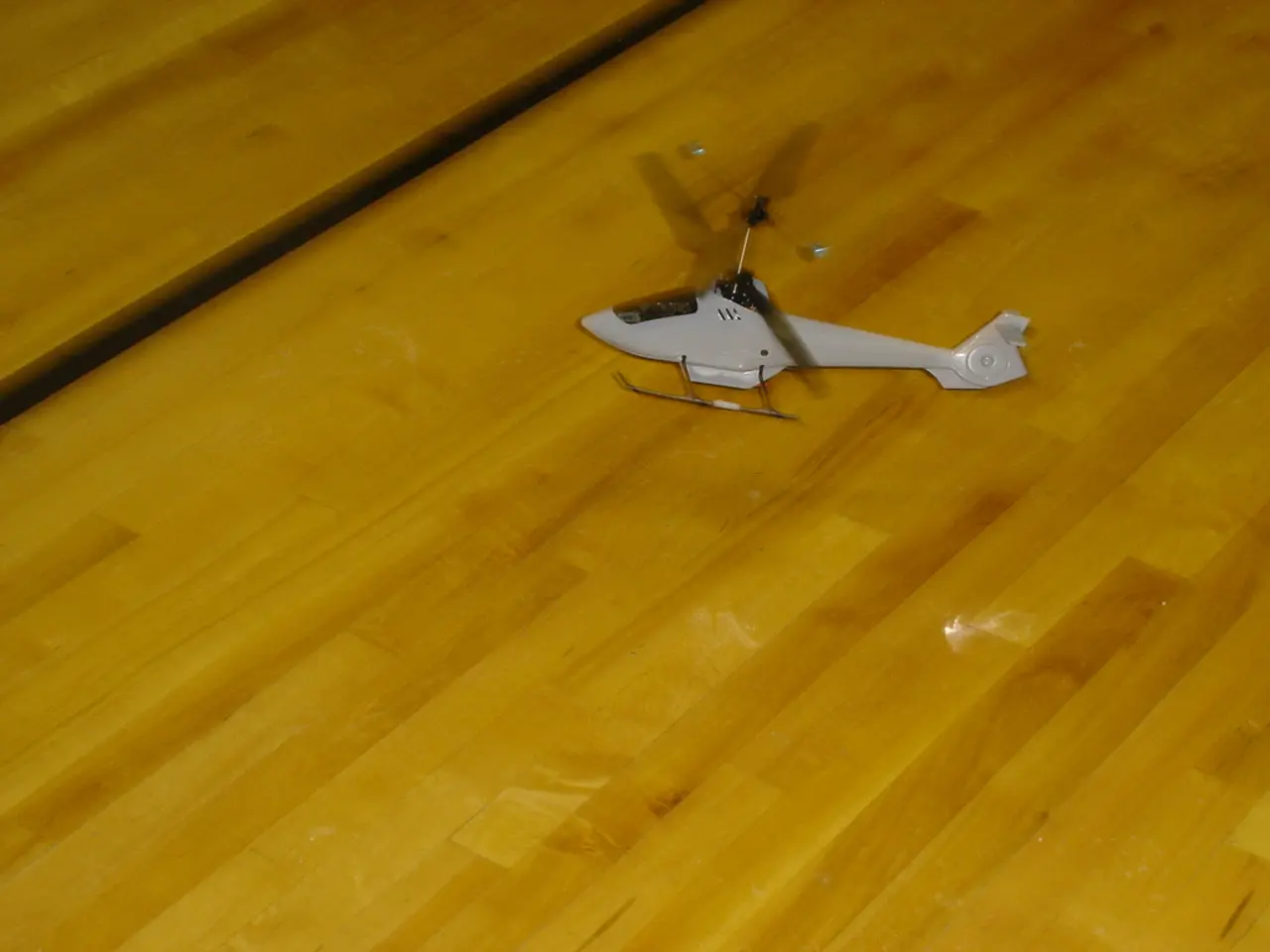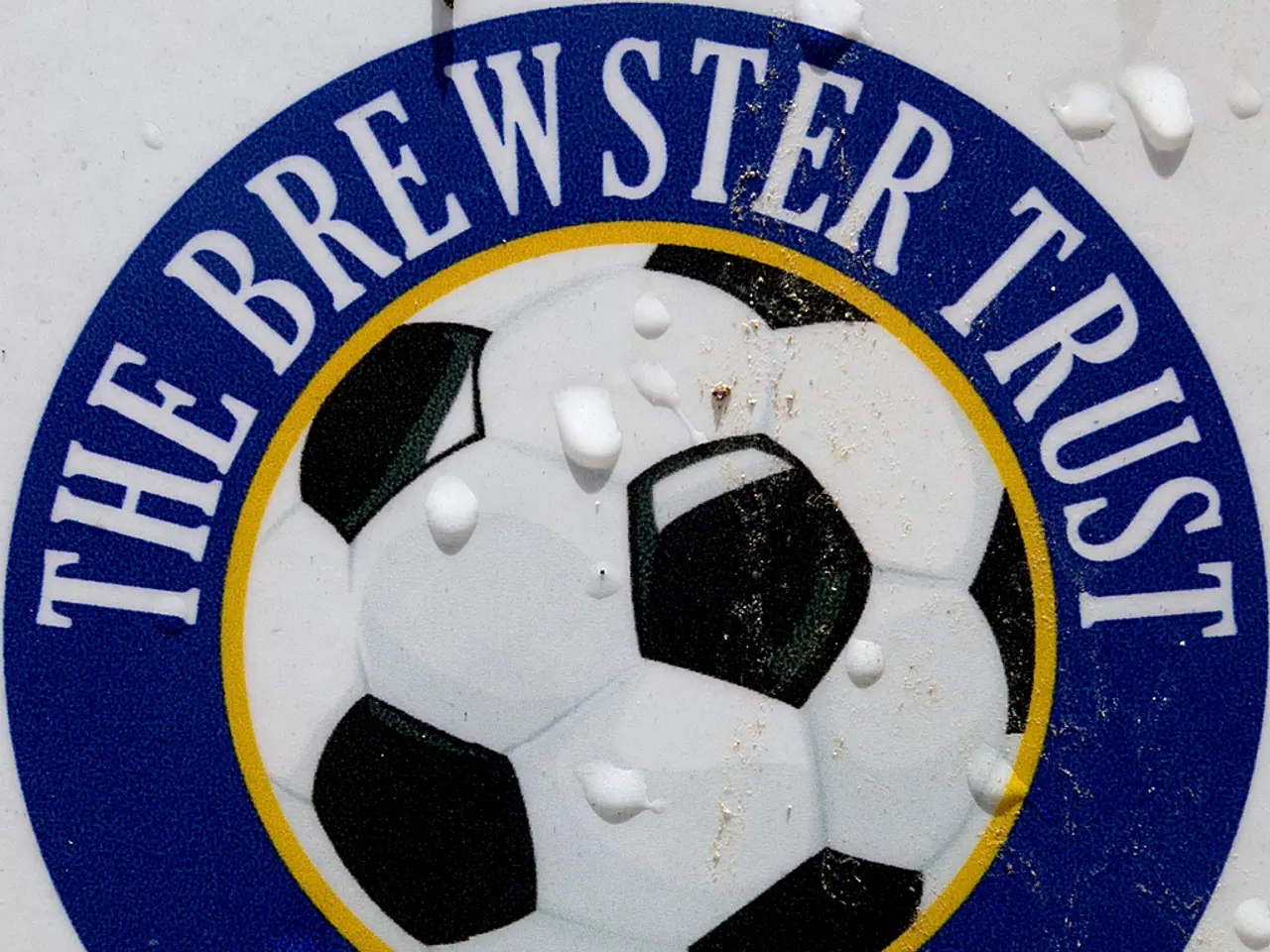Hamas carries out numerous actions – yet not all of it can be considered genuine information
In the midst of the ongoing conflict in Gaza, the credibility of images coming from the region is a subject of intense debate. The power of images to shape public opinion and influence the course of events is undeniable, but their reliability is often called into question.
Almost 200 media workers have lost their lives in Gaza, many of them under difficult conditions and exposed to personal risk. However, their reports should not be assumed to be controlled by Hamas, as the power struggle for narrative dominance extends to all aspects of the conflict, including journalism.
Hamas, known for its strategic use of propaganda, stages many images to increase pressure on the Israeli government and sway global opinion in their favour. One such instance was the recent video of an emaciated Israeli hostage, which sparked a heated debate. However, it was later revealed that the child in the video had pre-existing conditions, casting doubt on the authenticity of the image.
The Israeli army, on the other hand, may be opposed to allowing international reporters into Gaza due to concerns about war crimes coming to light. This lack of transparency further fuels the credibility debate, as much visual reporting comes from local journalists working under Hamas-controlled environments, limiting independent verification.
Foreign media often have to rely on Israeli military sources or face censorship, raising concerns about bias and trustworthiness from both sides. The poor internet connection in Gaza, due to deliberate destruction of infrastructure and the use of jammers, only adds to the challenge.
Christopher Resch, a representative of Reporters Without Borders, discusses the credibility of images from Gaza. He highlights the need for enhanced verification processes, transparency about sourcing and context, independent third-party monitoring, broader access for independent journalists, and balanced editorial practices as measures to improve credibility.
Reporters Without Borders demands that the Israeli authorities allow independent, international journalists into the Gaza Strip to reduce the credibility debate and contain misinformation. The organization considers the Palestinian territories, particularly Gaza, to be the most dangerous places in the world for journalists due to the way Israel conducts war.
Despite the risks and difficulties, Reporters Without Borders continues to maintain contact with journalists in Gaza. The pendulum in global perception is swinging more towards the Palestinians, due to the humanitarian catastrophe in Gaza and the images we are getting from Gaza. The Israeli government continues to face massive criticism from within and without for its war course, but remains firm on its stance.
In summary, while many Gaza images reflect harsh realities, their credibility is undermined by staging accusations, propaganda efforts, and access constraints. Strengthening verification, transparency, and press freedom are essential to improve trust in Gaza-related photojournalism.
The European Union, in line with its commitment to the development of a common foreign and security policy, expresses concern over the credibility of images from Gaza, which is a subject of intense debate in general news and politics. Christopher Resch, a representative of Reporters Without Borders, advocate for enhanced verification processes, transparency about sourcing and context, independent third-party monitoring, broader access for independent journalists, and balanced editorial practices as measures to improve credibility in war-and-conflicts reporting, particularly in the context of Gaza.

